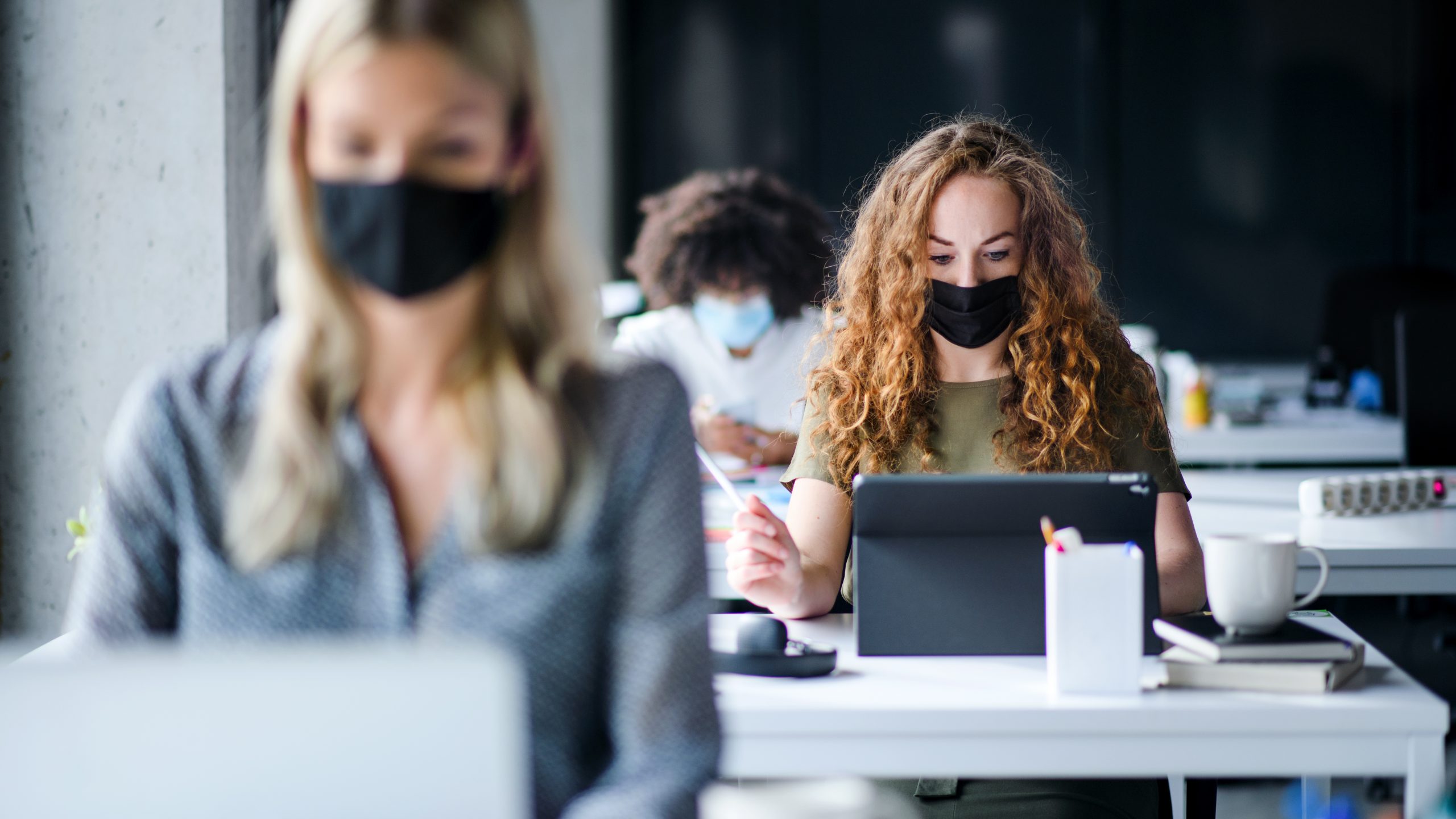Working from Home and ADHD
As everyone adjusts to the new normal of working from home, some will have a harder time adjusting than others. For those with ADHD and/or anxiety, they may feel their symptoms growing worse as they cope with the COVID-19 pandemic. Children are at home and logging in to e-learning and adults who are laid off or on furlough are sitting at home wondering what to do for money, so things can get stressful. Everything related to school, finances, work and too much time on their hands can be overwhelming.
It’s not shocking that anxiety and ADHD symptoms are on the rise. But here are some tips that can help calm things down when working from home.
-
Set up your desk
Working in a comfy recliner, couch or your bed is tempting when working from home. But you may find it hard to fall asleep as your mind is confused between sleeping and working areas.
Setting up a desk at home can improve concentration and minimize distractions, allowing you to be more productive at work. You can also avoid trips to the kitchen since you will be more focused on work than food.
-
Avoid distractions at home
One of the biggest reasons everyone works in an office is to avoid the countless distractions at home. But when this isn’t an option, we must face the latter. The best way to avoid distractions at home is to physically distance yourself from them.
Instead of working in your living room, dining room or other common area, move to your home office, guest bedroom or even your own bedroom to stay away from noise, pets, and everyone else.
-
Set Boundaries at work
Things tend to feel more relaxed and comfortable when working from home. The couch is comfortable, you have 24/7 access to your food, your pets are always with you, so things don’t feel as strict in your own personal environment.
This is why it’s crucial to set up boundaries when working from home. Designate specific times to work – preferably the same as your normal work schedule – as well as times for lunch and exercise breaks. It’s important to be independent and firm with yourself; your boss isn’t around to make sure you’re getting work done.
Anxiety and ADHD Coping Tips When You’re Off the Clock
The tips above will surely help to improve productivity when working during the day, but what happens as soon as you clock out? With so many activities canceled and encouragement to stay at home, it’s easy to have too much time on your hands. This is usually where the anxiety and ADHD start to rise along with stress levels.
Here are some tips to keep in mind before and after work to best manage anxiety and ADHD symptoms.
-
Establish a routine
Anxiety often stems from the fear of the unknown. With a routine, families know what to expect as their days become the new normal. Even if it’s just temporary, kids and adults can make sense of their daily tasks and know what comes next. This should help to relieve some anxiety and stress during the stay-at-home order.
When setting up your routine, it’s recommended to have it as similar to the old one as possible. Maintain the same wake-up and bedtimes while sticking to the old work and school schedules as much as possible. Be sure to schedule in breaks, get up to walk around, eat something, and exercise. While the gyms may not be open, warmer weather doesn’t allow for excuses to stay inside and avoid exercise.
If you or your child were also following an ADHD treatment plan, this shouldn’t stop. Especially when the family is at home together, ADHD symptom management should always be a priority and can also help reduce anxiety. In fact, following these steps is now more crucial than before now that we’re in a pandemic.
-
Remind yourself this is temporary
As mentioned before, anxiety is the fear of the unknown, and the unknown is when the stay-at-home order will end. So it’s understandable these times will produce a lot of anxiety. But despite this issue, it’s safe to conclude that this pandemic is temporary; things will go back to normal when this is over.
It’s much easier to cope when reminding yourself the need for social distancing, temporary closures and other drastic changes are not permanent. In the meantime, use your phone, computer, tablet, etc. to connect with loved ones. Also avoid overexposure to the news as it can prevent unnecessary overwhelming feelings.
-
Talk with your doctor or therapist
While many states enforce stay-at-home orders, health care is an essential service. So you can always talk to your doctor for help. If you continue to experience overwhelming feelings or anxiety, a licensed psychologist can also help through virtual therapy.
According to the recent federal declaration of a national public health emergency, the rules on telehealth sessions are relaxed so you can talk to your healthcare provider over the phone or video conference. Contact your health care provider’s office to see if this option is available for you.
HR Support During COVID-19
While it’s understandable that stress levels are higher when working from home, employers are facing their own challenges when adapting to the new normal. While some businesses are capable of going fully remote, others considered essential must enforce social distancing and health precautions for their onsite employees and customers
For those working with HRBOOST®, they can benefit from our COVID-19 Business Bundle to save time and money when adapting to new federal guidelines. HRBOOST® will also include a free consultation to help you understand your new employer obligations in the workplace as employees will look to you for innovative management.
Free Consultation
Give us a call at 847-736-5085 for more information on our COVID-19 Business Bundle or a free consultation on how we can help you adapt to new employer guidelines.






